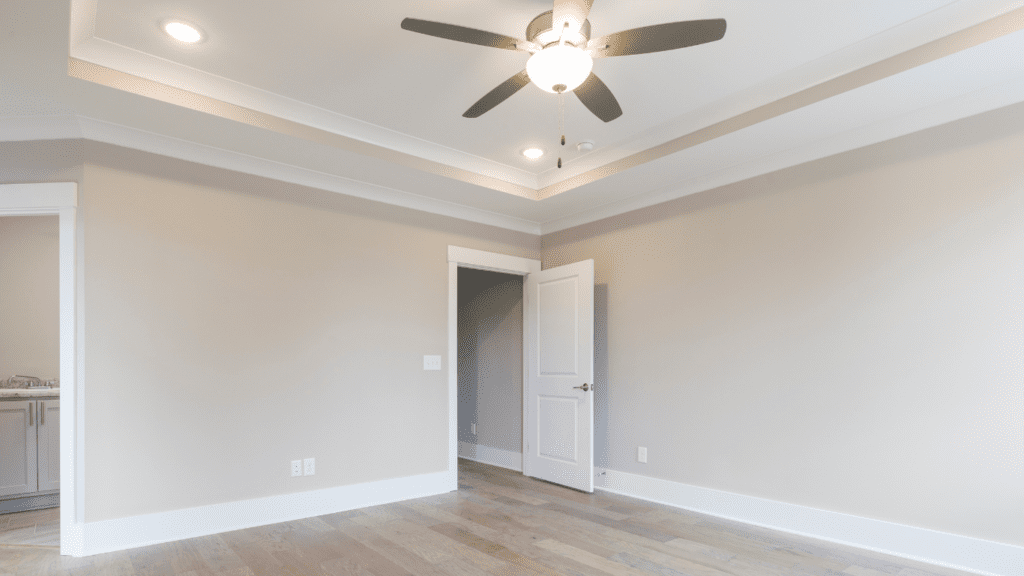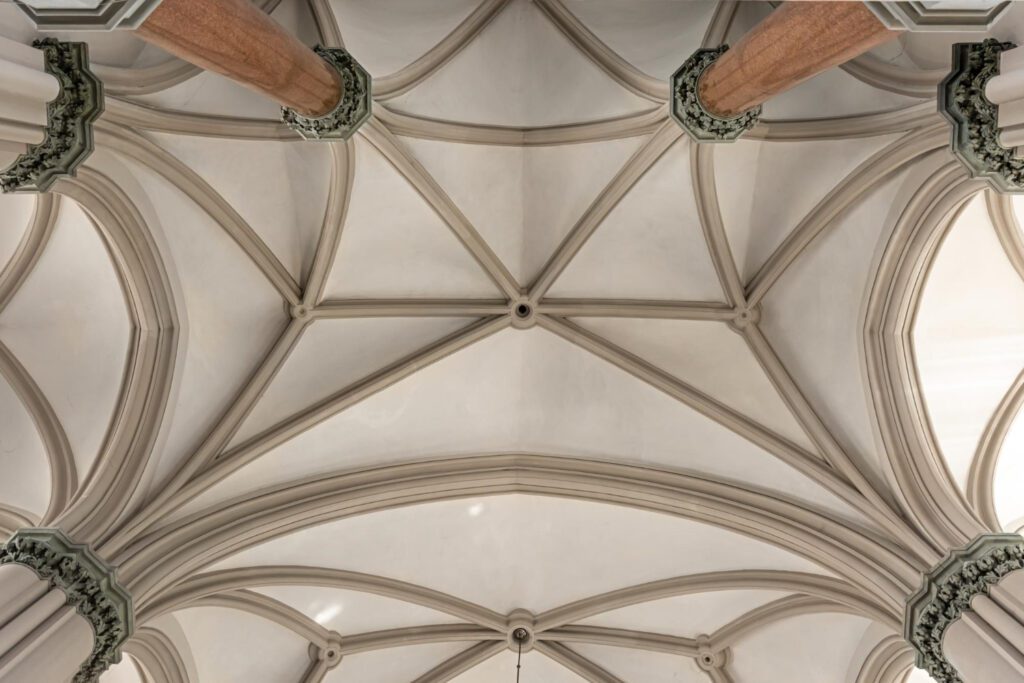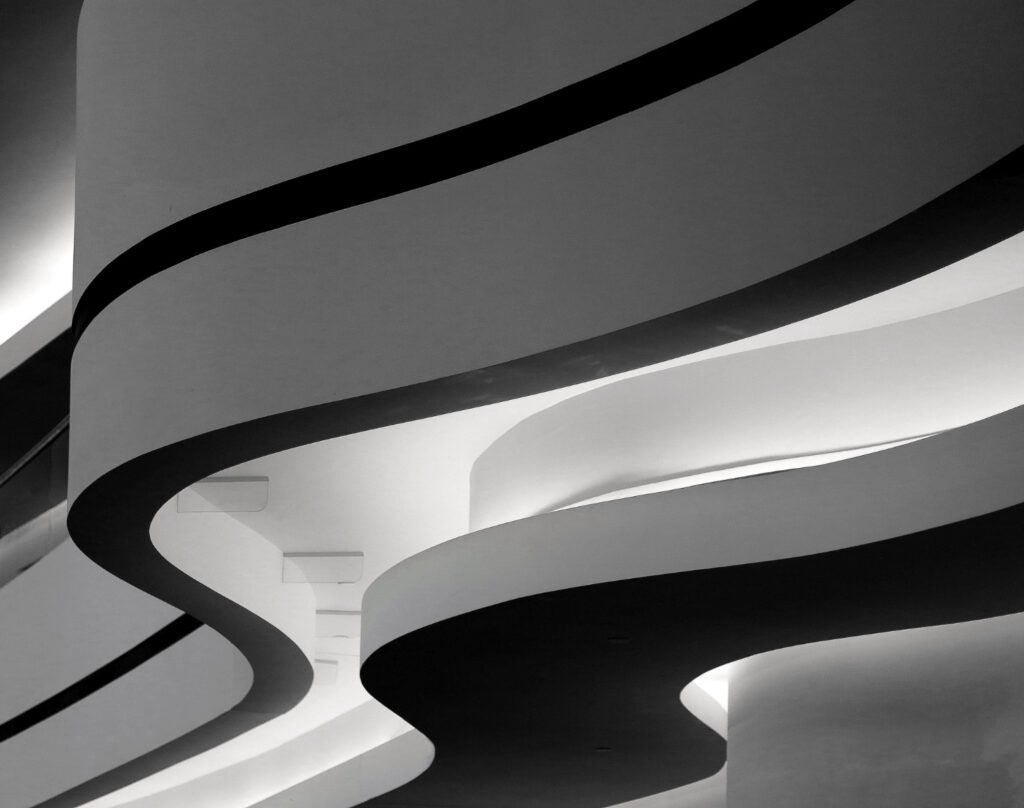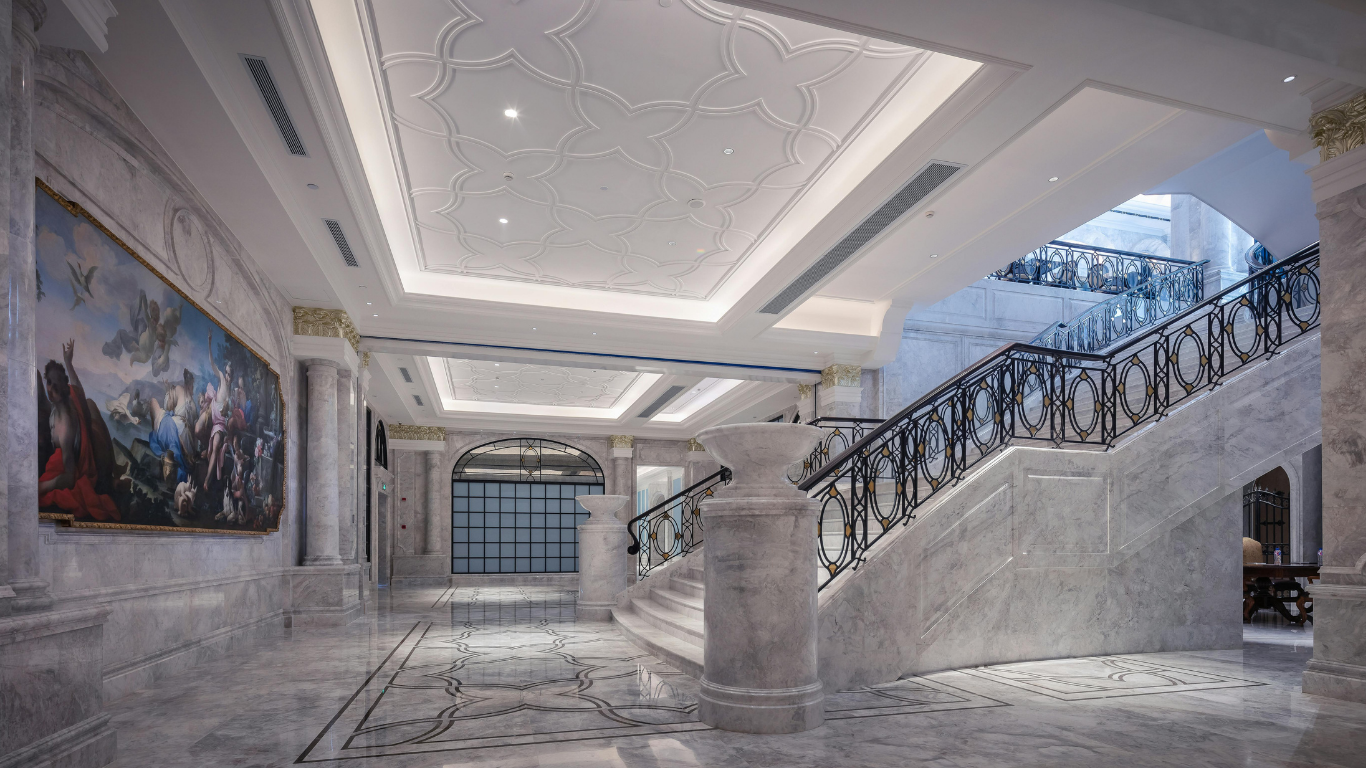A false ceiling, often called a dropped or suspended ceiling, can turn a plain hall into a stunning centerpiece of your home. These designs, built below the main ceiling, add style, depth, and function to living rooms or halls. From modern minimalist looks to intricate traditional patterns, false ceilings offer endless ways to boost your space’s charm. They hide wires, improve lighting, and even help with sound or heat control. Popular in Indian homes, they’re perfect for creating a cozy yet elegant vibe. Whether you want sleek lines, vibrant colors, or unique textures, there’s a design to match your taste. This article explores the best false ceiling designs for halls, covering types, materials, lighting ideas, and tips to choose the right one. Let’s dive into how these ceilings can make your hall a showstopper, blending beauty with practicality for a space you’ll love.
Why Choose a False Ceiling for Your Hall?
False ceilings are a game-changer for halls, offering both looks and utility. They add a polished, modern touch, making your living room feel grand or cozy, depending on the design. By hiding messy wires, pipes, or uneven ceilings, they create a clean, seamless look. They also improve acoustics, reducing echoes in large halls, and can insulate against heat, a big plus in warm climates like India. Lighting is a major perk—recessed lights, coves, or chandeliers can be built in for a warm, inviting glow. Plus, false ceilings let you play with shapes, colors, and textures to match your style, from sleek to ornate. They’re versatile, fitting small or large halls, and can even make low ceilings feel taller with clever designs. Easy to install and maintain, a false ceiling is a smart way to elevate your hall’s vibe while adding practical benefits.
Aesthetic Appeal
A false ceiling transforms a hall’s look, adding elegance or drama. Curved designs, layered patterns, or bold colors can make a plain room feel luxurious. For example, a tray ceiling with soft lighting creates a cozy, upscale vibe. You can choose minimalist styles for a modern look or intricate patterns for a traditional touch. Textures like wood or metallic finishes add character. In Indian homes, vibrant designs with gold or pastel shades are popular, reflecting cultural flair. A well-designed false ceiling becomes the focal point, tying the room’s decor together and impressing guests with its style.
Practical Benefits
Beyond beauty, false ceilings are practical. They hide electrical wires, AC ducts, or uneven surfaces, giving a neat finish. They reduce noise by absorbing sound, ideal for lively halls. Insulation materials can keep your room cooler, cutting energy costs in hot climates. Lighting options, like recessed LEDs, save space and add ambiance. Fire-resistant materials like gypsum enhance safety. For small halls, they can create an illusion of height with smart designs. Easy to repair or repaint, false ceilings blend function with style, making them a practical choice for any modern home.
Types of False Ceiling Designs for Halls
False ceilings come in various styles to suit different tastes and hall sizes. Tray ceilings, with their layered, recessed look, add depth and work well with soft lighting. Coffered ceilings, featuring grid-like patterns, bring a classic, elegant feel, perfect for large halls. Curved or wavy designs offer a modern, artistic vibe, ideal for bold decor. Single-layer ceilings are simple and sleek, great for small spaces or minimalist homes. Multi-layered designs create drama with depth and texture, often used in luxurious Indian halls. Pop-out or geometric designs add a trendy, custom touch. Each type can be tailored with colors, textures, or lighting to match your vision, making your hall unique and inviting, whether you lean toward modern simplicity or traditional grandeur.
Tray Ceiling Designs

Tray ceilings, also called recessed ceilings, look like an inverted tray with a raised center. They add depth and elegance, making halls feel taller and grander. Popular in Indian homes, they often feature soft cove lighting or chandeliers for a warm glow. You can paint the recessed part in bold colors like gold or blue for drama or keep it neutral for simplicity. Wooden or metallic accents add texture. Ideal for medium to large halls, tray ceilings suit modern and traditional decor, offering a versatile, sophisticated look that elevates any living space.
Coffered Ceiling Designs

Coffered ceilings have a grid of sunken panels, often square or rectangular, giving a classic, timeless look. They suit spacious halls, adding a touch of luxury like in old European mansions. In Indian homes, they’re paired with warm colors or gold accents for a regal vibe. You can add LED lights or small chandeliers in the panels for elegance. Made from wood, gypsum, or plaster, they’re durable but need a high ceiling to shine. Coffered designs bring structure and charm, perfect for those wanting a grand, traditional hall.
Modern Curved and Wavy Designs

Curved or wavy false ceilings bring a bold, contemporary flair to halls. These flowing designs, often made with gypsum or PVC, create a dynamic, artistic look. Soft LED strips along the curves add a futuristic glow, ideal for modern homes. In smaller halls, gentle waves in neutral tones keep it sleek; larger spaces can handle dramatic swirls with vibrant colors. Popular in urban Indian homes, they’re customizable, letting you play with shapes and lighting. These designs make your hall feel lively and unique, perfect for a trendy, eye-catching vibe.
Materials for False Ceiling Designs
Choosing the right material for a false ceiling is key to its look and durability. Gypsum is the most popular, being lightweight, fire-resistant, and easy to shape for intricate designs. Plaster of Paris (POP) offers a smooth finish, ideal for detailed patterns or traditional Indian styles. Wood adds warmth and a natural feel but costs more and needs maintenance. PVC is budget-friendly, waterproof, and great for simple, modern looks. Metal ceilings, like aluminum, bring a sleek, industrial vibe and last long. Each material suits different budgets and styles, from gypsum’s versatility to wood’s luxury. Consider your hall’s size, climate, and decor to pick a material that balances beauty, function, and cost for a stunning result.
Gypsum and POP
Gypsum boards are lightweight, affordable, and versatile, making them a top choice for false ceilings. They’re fire-resistant, sound-absorbing, and easy to cut into shapes like curves or trays. POP, a powdered form of gypsum, gives a smooth, polished finish, perfect for intricate designs like floral patterns in Indian halls. Both handle humid climates well and support lighting fixtures. Gypsum is quicker to install, while POP allows custom artistry. They’re budget-friendly but need skilled labor for a flawless look, making them ideal for modern or traditional halls seeking style and practicality.
Wood and PVC
Wooden false ceilings add a rich, warm feel, perfect for cozy or luxurious halls. Teak or oak panels bring natural beauty but require upkeep to prevent warping, especially in humid areas. They’re pricier but suit rustic or premium designs. PVC, on the other hand, is cheap, lightweight, and waterproof, ideal for simple, modern ceilings. Available in various colors and textures, PVC resists moisture and is low-maintenance. While less elegant than wood, it’s practical for budget-conscious homes. Both materials offer distinct vibes, letting you choose based on style and climate needs.
Lighting Ideas for False Ceilings
Lighting can make or break a false ceiling’s impact in a hall. Recessed LED lights, tucked into the ceiling, create a sleek, modern glow, perfect for tray or curved designs. Cove lighting, hidden in ledges, casts soft, indirect light for a cozy ambiance, popular in Indian homes. Chandeliers or pendant lights add drama, especially with coffered or high ceilings. Spotlights highlight decor like paintings or furniture. Dimmable LEDs let you adjust the mood, from bright for gatherings to warm for evenings. Colored lights or RGB strips add a playful, trendy touch. Proper lighting enhances the ceiling’s design, ties the room together, and creates a welcoming space that feels both stylish and functional.
Recessed and Cove Lighting
Recessed LED lights, set flush in the ceiling, give a clean, modern look. They’re energy-efficient and fit tray or geometric designs, casting even light across the hall. Cove lighting, hidden in ceiling grooves, creates a soft, glowing effect, perfect for cozy evenings. In Indian homes, warm white cove lights add elegance to traditional decor. Both types save space, hide fixtures, and highlight the ceiling’s shape. Easy to install in gypsum or POP, they’re versatile for any hall size, making your space feel inviting and stylish without overpowering the design.
Chandeliers and Spotlights
A chandelier hanging from a false ceiling adds luxury, especially in coffered or tray designs. Crystal or modern styles suit grand halls, creating a focal point. In Indian homes, ornate chandeliers with gold accents scream opulence. Spotlights, small and focused, highlight specific areas like art or seating. Adjustable ones let you shift focus, adding drama or function. Both work best in larger halls with high ceilings, enhancing the false ceiling’s elegance. Pair with dimmable controls for versatility, making your hall feel like a warm, upscale retreat.
Tips for Choosing the Right False Ceiling
Picking the perfect false ceiling for your hall means balancing style, budget, and function. First, consider your hall’s size—tray or curved designs suit small spaces, while coffered works for larger ones. Match the design to your decor: modern homes love sleek lines, while traditional Indian halls shine with ornate POP patterns. Choose materials like gypsum for versatility or wood for warmth, based on climate and upkeep. Lighting is key—recessed LEDs for simplicity or chandeliers for drama. Set a budget, as costs vary from affordable PVC to pricey wood. Think about maintenance; gypsum is easier than wood. Finally, hire skilled workers for a flawless finish. A well-chosen false ceiling transforms your hall, blending beauty and practicality for a space you’ll love.
Matching Your Hall’s Style
Your false ceiling should reflect your hall’s vibe. For modern homes, go for clean lines, minimal curves, or geometric patterns with neutral colors like white or grey. Traditional Indian halls look stunning with intricate POP designs, vibrant colors, or gold accents for a regal touch. Rustic decor pairs well with wooden ceilings for warmth. Check your furniture and wall colors to ensure the ceiling complements them. A mismatched design can feel jarring, so aim for harmony—sleek for contemporary, ornate for classic—to make your hall feel cohesive and inviting.
Budget and Maintenance
False ceilings range from budget-friendly PVC (₹50–100 per square foot) to pricier wood (₹200–500 per square foot). Gypsum and POP are mid-range, offering flexibility. Factor in installation costs, which depend on design complexity and labor. Simple designs cost less and are easier to maintain. Wood needs regular care to avoid warping, while PVC and gypsum are low-maintenance. Plan for lighting costs, as LEDs are cheaper long-term than chandeliers. Set a clear budget and choose durable materials to avoid frequent repairs, ensuring your hall’s ceiling stays beautiful and functional for years.
Conclusion
False ceiling designs for halls can transform your living space into a stylish, functional haven. From tray ceilings with soft cove lighting to ornate coffered designs, there’s a style for every taste, whether modern or traditional. Materials like gypsum, POP, or wood offer versatility, while lighting like LEDs or chandeliers adds ambiance. In Indian homes, these ceilings blend beauty with practicality, hiding wires and improving acoustics. By matching your hall’s decor, setting a budget, and choosing durable materials, you can create a stunning focal point. A false ceiling isn’t just decor—it’s a way to make your hall feel warm, elegant, and uniquely yours, inviting guests to linger and admire.




